
Windward and leeward sides of the prevailing wind direction in summer
Leeward is referred to as the side opposite to which the wind is blowing; whereas, windward means the direction in which the wind is blowing. Both these terminologies are used quite often in sailing, where the motion and the speed of the boat is totally dependant on the direction of the wind. Normally for higher speeds, sailors need to have the.
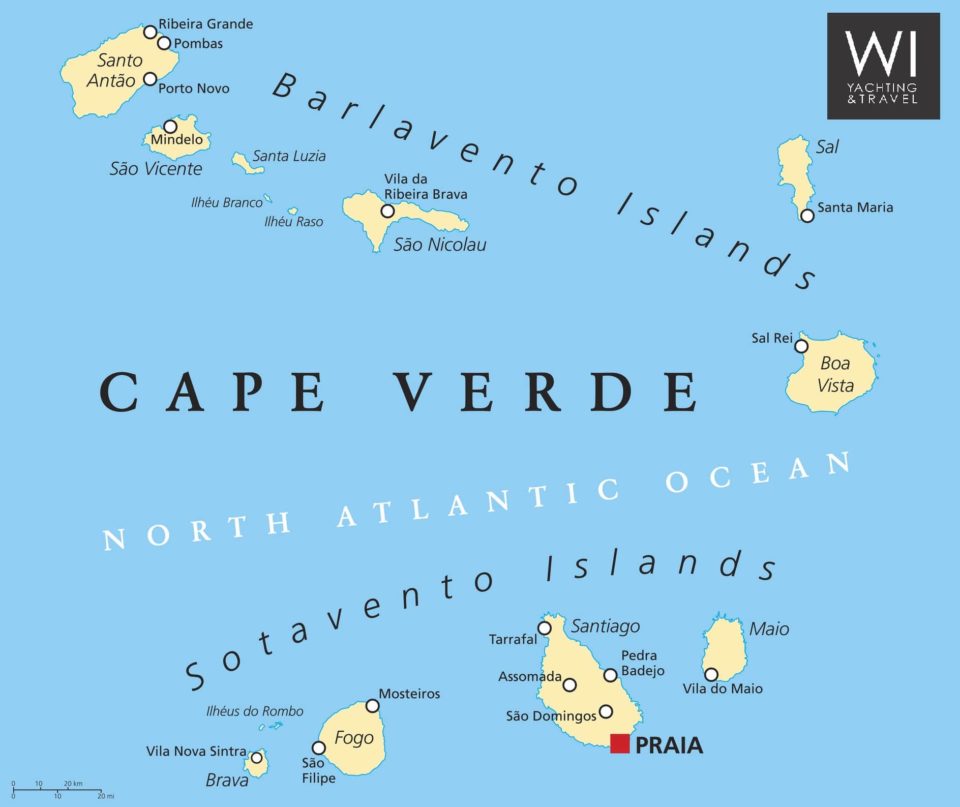
Windward and Leeward Islands Facts & Geological specificities
The leeward side is the drier side or the side where the trade winds pass after they hit a mountain. The windward side is the wetter side. The way I try to remember it is this way - the winds hang out and produce rain on the windward side. As a picture is worth a thousand words, let's look at a visual description of leeward and windward.

PPT SAIL TRAINING PowerPoint Presentation ID3143436
In meteorology, the study of earth's atmosphere, there are two sides to any island—the windward side and the leeward side. The Windward Side. This is the colder, wetter side of an island. It is subject to consistent winds that blow cool, moist air upward. As this air is lifted, due to a decrease in atmospheric pressure, it begins.
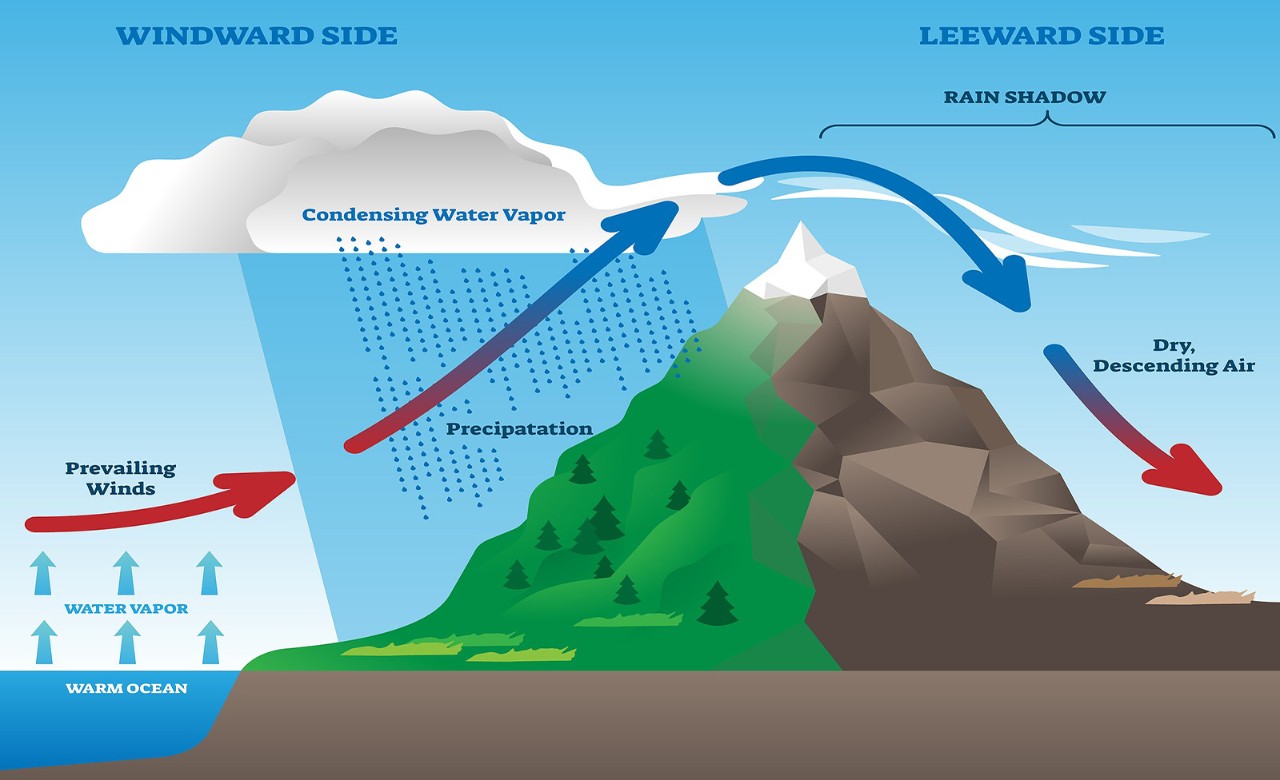
Loan Lee at the Top
Who has leeward or windward preference? As a general rule the leeward boat has preference over the windward boat, i.e. the leeward boat has the right to maintain her course and speed, while the windward boat must avoid a collision by changing course or reducing her speed.
/GettyImages-557661585-58b741123df78c060e1b45f3.jpg)
The Leeward vs. Windward Side of a Mountain
Fast and Free Shipping On Many Items You Love On eBay. Looking For Windward? We Have Almost Everything On eBay.
Segmentation of the wind turbine path windward, upwind, leeward and
What do leeward and windward mean? "Windward" and "leeward" refer to the prevailing winds on opposite sides of an island. A view from the leeward side: Kaena Point, Oahu, Hawaii. Did you know? In sailing terminology, windward means "upwind," or the direction from which the wind is blowing.

Sailing vessels on same tack Rule 12 when both have the wind on the
(January 2022) The term "lee" is Low German, for a place without wind. Originally, the word comes from the Old Norse hle for "cover". Similar terms to Luv and Lee (engl. Windward and Leeward) have been in use in marine navigation in Germany since mediaeval times. [1] Usage

Science Leeward and Windward CJ Studios YouTube
In one sense, windward and leeward generally refer to the location of a place relative to the prevailing wind direction. A windward location is one that is exposed to the prevailing winds. Conversely, a leeward location is protected from the prevailing wind.
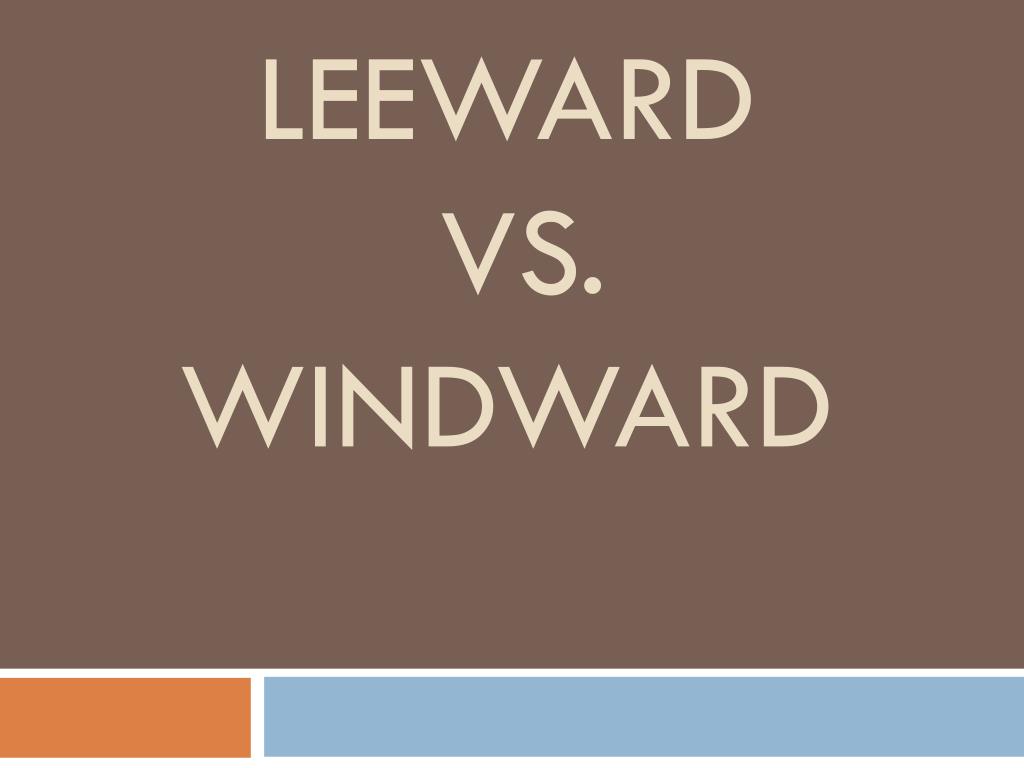
PPT Leeward vs. Windward PowerPoint Presentation, free download ID
The Windward and Leeward Islands are groups of islands comprising the Lesser Antilles in the Caribbean. The majority of the islands are small and uninhabited while the larger ones have become sovereign countries. The Windward Islands
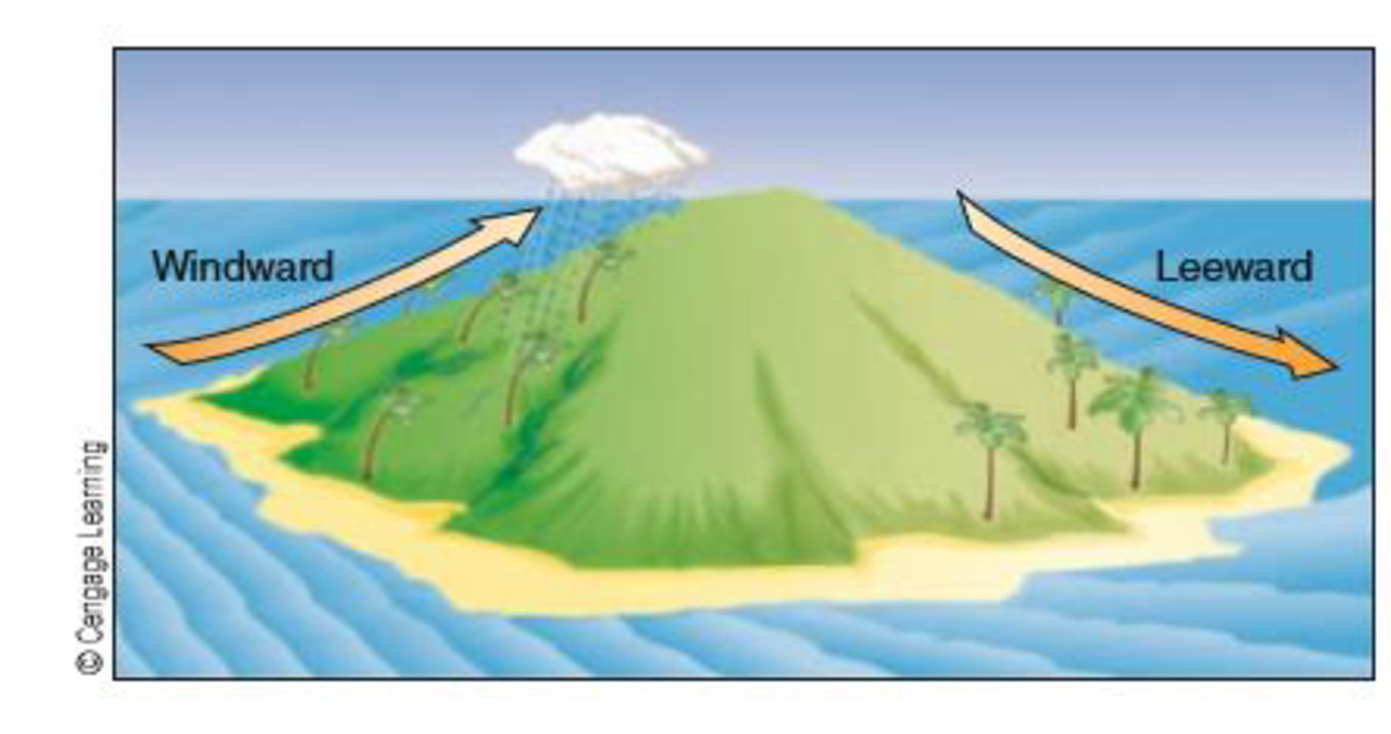
Why might vegetation differ on the windward and leeward sides of an
03/26/2023 The Windward Islands and the Leeward Islands are two terms you might hear often in the sailing world. The Windward Islands, in french îles au Vent, in Spanish, Islas de Barlovento, usually refer to Caribbean islands from the southern arc of the Lesser Antilles, but not always. Why are they called "windward"?
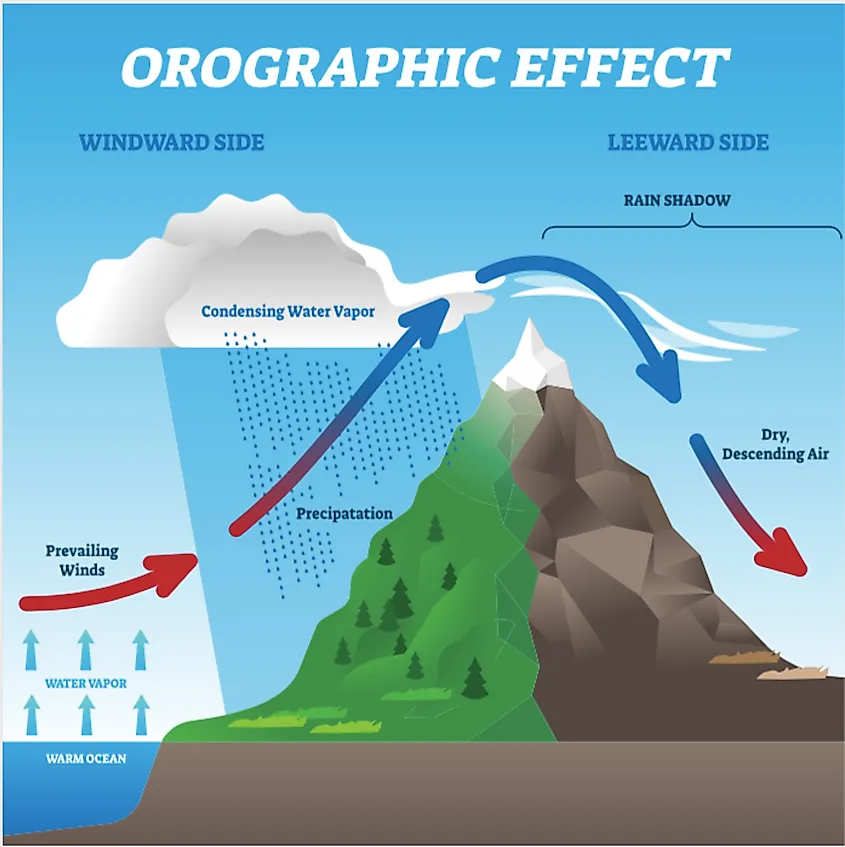
How Do The Rocky Mountains Influence Climate? WorldAtlas
A lee shore, sometimes also called a leeward ( / ˈljuːərd / shore, or more commonly / ˈliːwərd / ), is a nautical term to describe a stretch of shoreline that is to the lee side of a vessel—meaning the wind is blowing towards land.
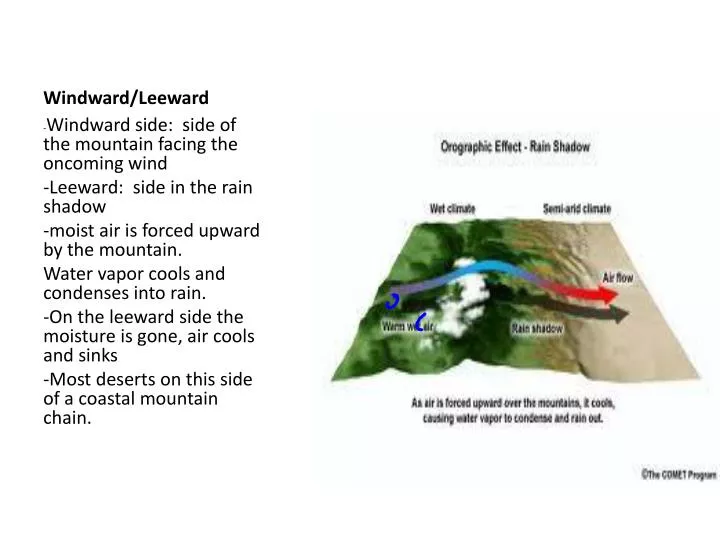
PPT Windward/Leeward PowerPoint Presentation, free download ID2321256
In meteorology, "leeward" and "windward" are technical terms that indicate the direction in which the wind is blowing in regard to a specific point of reference. These points of reference can be a number of things, including ships at sea, islands, buildings, and—as this article will explore—mountains.
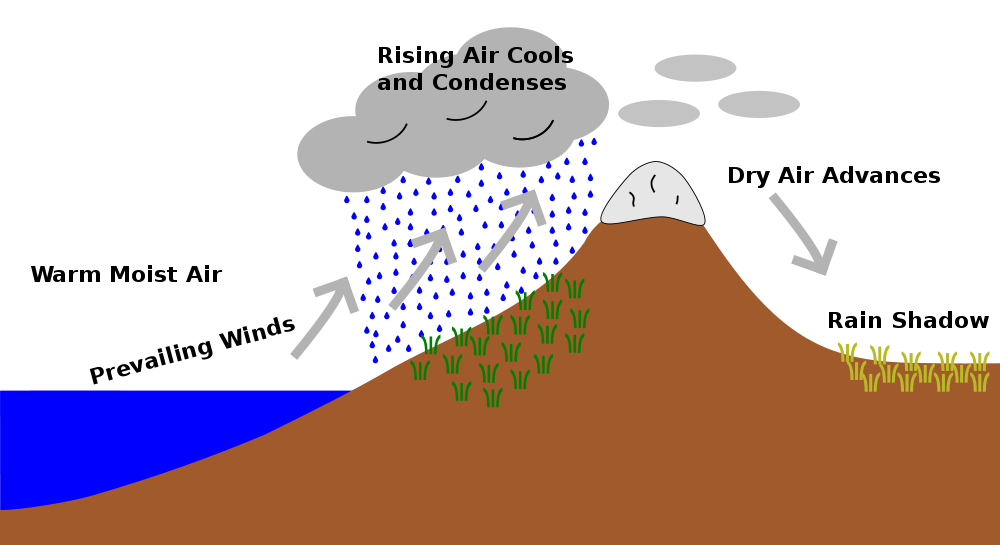
Mrs. Remis' Earth Science Blog 6th grade WIND & LEEWARD VS. WINDWARD
Leeward: What's The Difference? First and foremost, you should know the difference between the terms windward and leeward, as in "you're windward if you're on the leeward side of the boat." A windward island is closer to the wind on a sailing boat, while a leeward island is further away from the wind.
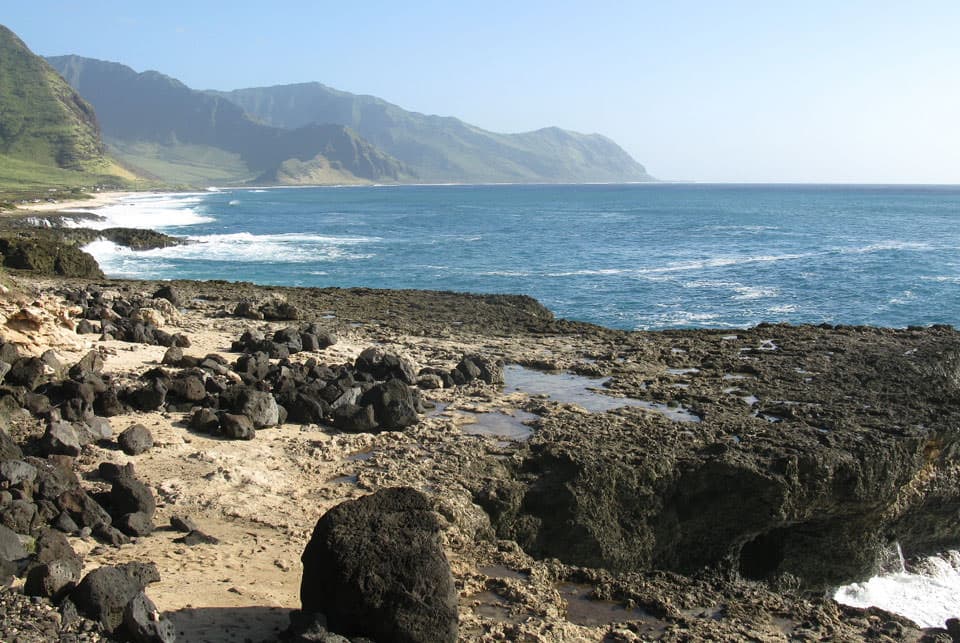
What do leeward and windward mean?
Leeward and windward are two terms used to describe the direction of prevailing winds in relation to a specific location. Leeward refers to the side or direction that is sheltered or protected from the wind, while windward refers to the side or direction that is exposed or facing the wind.

Leeward Side Of Mountain Melissa Media
The Windward Islands, the Leeward Islands, and the Leeward Antilles are part of the Lesser Antilles in the Caribbean Sea. These island groups include many of the most popular tourist destinations in the West Indies. This collection of islands is diverse in terrain and culture. Most are very small and the tiniest islands remain uninhabited.
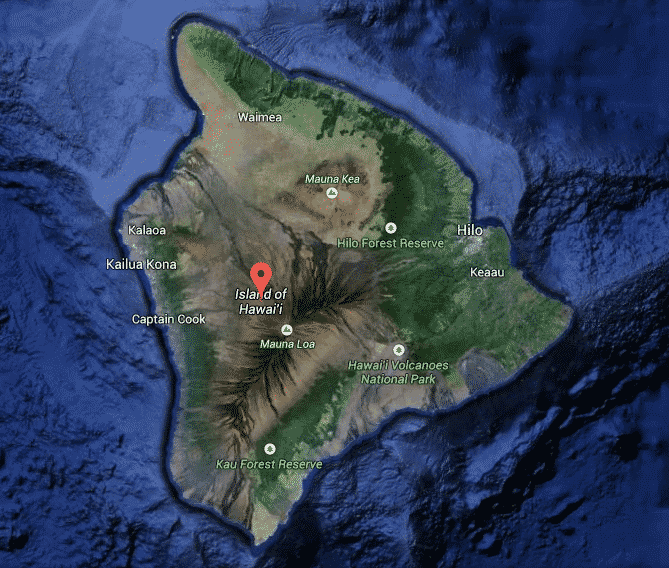
What does leeward and windward mean? Go Visit Hawaii
The Leeward Islands ( / ˈliːwərd /) are a group of islands situated where the northeastern Caribbean Sea meets the western Atlantic Ocean. Starting with the Virgin Islands east of Puerto Rico, they extend southeast to Guadeloupe and its dependencies. In English, the term Leeward Islands refers to the northern islands of the Lesser Antilles chain.